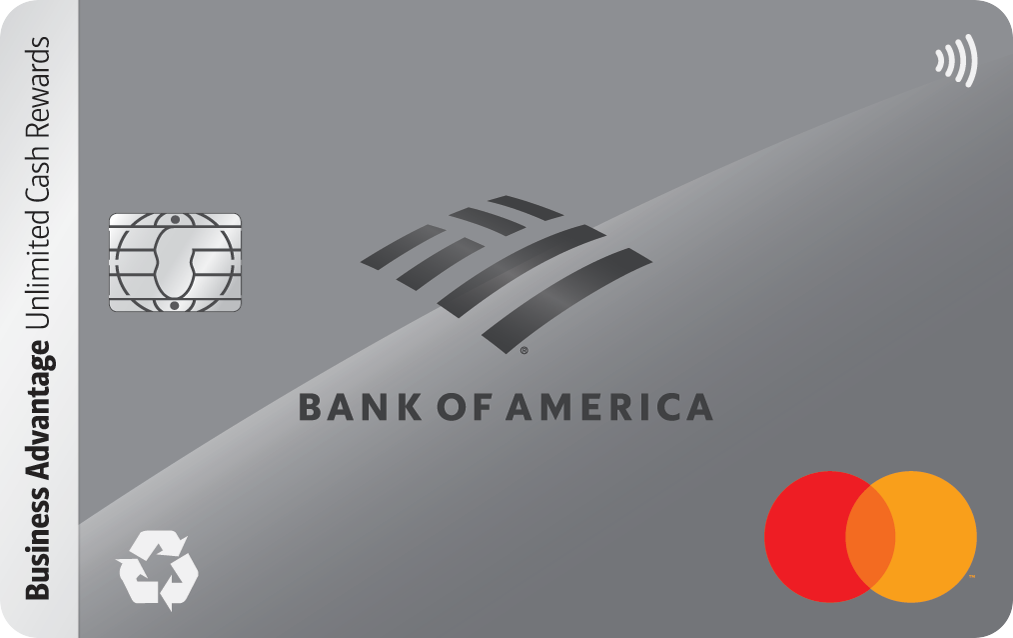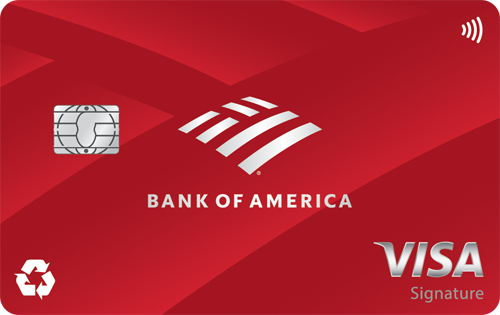5 Common Myths About Fed Rate Cuts

Image source: Getty Images
Every time the Federal Reserve cuts interest rates, the headlines sound dramatic, and your group chat suddenly fills with amateur economists. But the truth about rate cuts is rarely as simple (or as scary) as it sounds.
1. "The Fed cut rates, so my credit card APR just dropped."
Not exactly.
Most credit cards have variable rates tied to the prime rate, which moves with the Fed's benchmark rate. But banks don't update your APR the next day. It usually takes a full billing cycle or two before you see any change, and even then, the drop might be small.
Meanwhile, savings accounts react almost immediately. That means you'll likely lose interest earnings before you gain much relief on your debt.
2. "Rate cuts are bad news for savers."
They can be, but only if you sit still.
Right now, plenty of online banks are still offering high-yield savings accounts between 4.00% and 5.00% APY. That's more than 10 times the national average of 0.40%, in some cases.
The catch: those rates won't last forever. Banks adjust quickly after Fed cuts, so locking in a top high-yield savings account or short-term CD now can help you keep your earnings strong.
3. "CDs aren't worth it when rates are falling."
Actually, that's when they matter most.
A certificate of deposit (CD) lets you lock in a fixed rate for a set period: usually between six months and several years. Once you open it, your rate is guaranteed, even if the Fed keeps cutting.
That protection can make a big difference in a declining-rate environment.
If you want flexibility, consider laddering: Open multiple CDs with staggered terms (like 6, 12, and 18 months). That way, one matures every few months, giving you ongoing access to cash and protection against falling rates.
See some of the best CDs still offering 4.00% APY or higher before those rates disappear.
4. "Rate cuts mean a recession is coming."
Not necessarily.
The Fed cuts rates for two main reasons: to fight a slowdown or to prevent one. Lower borrowing costs can encourage businesses to expand, consumers to spend, and the stock market to stabilize.
Sometimes rate cuts happen after trouble has already started, but other times they're preemptive. The key is watching the bigger picture -- jobs, wages, and consumer confidence -- not just one headline.
5. "There's nothing you can do when rates drop."
That's the biggest myth of all.
You can still take control:
- Move your savings to a high-yield savings account that's holding firm above 4.00% APY.
- Lock in a short-term CD to capture peak yields while you still can.
- Build a CD ladder if you want ongoing access to cash as rates fluctuate.
- Revisit your credit card debt strategy: a balance transfer card with a 0% intro APR can help you get ahead before borrowing costs rise again.
The Fed sets the tone, but you decide how to play it.
Our Research Expert



